Drifting in Order to Write
by Maria K. E. Lahman, Ph.D.
Maria Lahman was the Mentor in Residence for November2021, Academic Writing Month (AcWrMo.) She is a professor at The University of Northern Colorado in the Department of Applied Statistics and Research Methods, where she teaches qualitative research methods. A version of this blog entry was originally published in Lahman, M. K. E. (2022), Writing and Representing Qualitative Research, SAGE Publications. She is also the author of the relevant text, Ethics in Social Science Research: Becoming Culturally Responsive. Use the code MSPACEQ422 for a 20% discount, valid until December 31, 2022.
The afternoon sun was getting low as the Rat rowed gently homeward in a dreamy mood, murmuring poetry to himself.
—Kenneth Grahame (1908, p. 15)
Since I am advocating for ways to stay engaged with writing, drifting may seem a strange interlude. Yet, I find drifting to be a vital companion state to writing. For me, usually drifting occurs when I have set aside all devices and am absorbed in some wholly different task, such as gardening, chauffeuring or waiting for children, or simply watching birds congregate at the feeder. In an article on developing qualitative writing, Jasmine Ulmer (2017) writes of the importance of disengaging from writing, using the enticing phrase “not writing.” “A . . . literal approach to not writing involves moving away from writing altogether. Given . . . demands . . . of productivity, not writing can appear to be a professional liability. . . . Viable options do not include writing all of the time or writing none of the time” (p. 730).
Thinking about drifting brought to my mind the book by Grahame (1908), The Wind in the Willows, in which the industrious Mole, always tunneling below ground, encounters the outdoor world of the Water Rat and relaxation in nature for the first time: “The Mole never heard a word. . . . Absorbed in the new life he was entering upon, he trailed a paw in the water and dreamed long waking dreams” (pp. 7–8). Ulmer (2017) writes of not writing, saying she does not make a deliberate plan not to write in order to become inspired: “Inevitably, though, it is the escape from writing and the attempt to not write that somehow lead to more writing” (p. 730). I imagine psychologists and activity experts would tell us it is the time we have taken for self-care that allows for this to occur. Yet writers would know that this is not the complete picture because when we are at our lowest, depleted, even in the deepest despair, ideas for writing arrive inexplicably, with a hint, a nudge, or a bolt—trite but true. While not an ideal setting for drifting, I find a somewhat related form may occur at a laptop when we stop writing to stare off into the distance for some time. If possible, position yourself, so when you do move into the writer’s daze, your gaze is not on stacks of dirty dishes, piles of laundry, or the concrete blocks of a university wall but instead on photos of those you love, a window with a view, or an arrangement of meaningful mementos. It’s healthy disengagement—drifting—that leads to more writing.
References
Grahame, K. (1908). The wind in the willows. Methuen.
Lahman, M. K. E. (2022). Writing and representing qualitative research. Sage.
Ulmer, J. B. (2018). Composing techniques: Choreographing a postqualitative writing practice. Qualitative Inquiry, 24(9), 728-736.





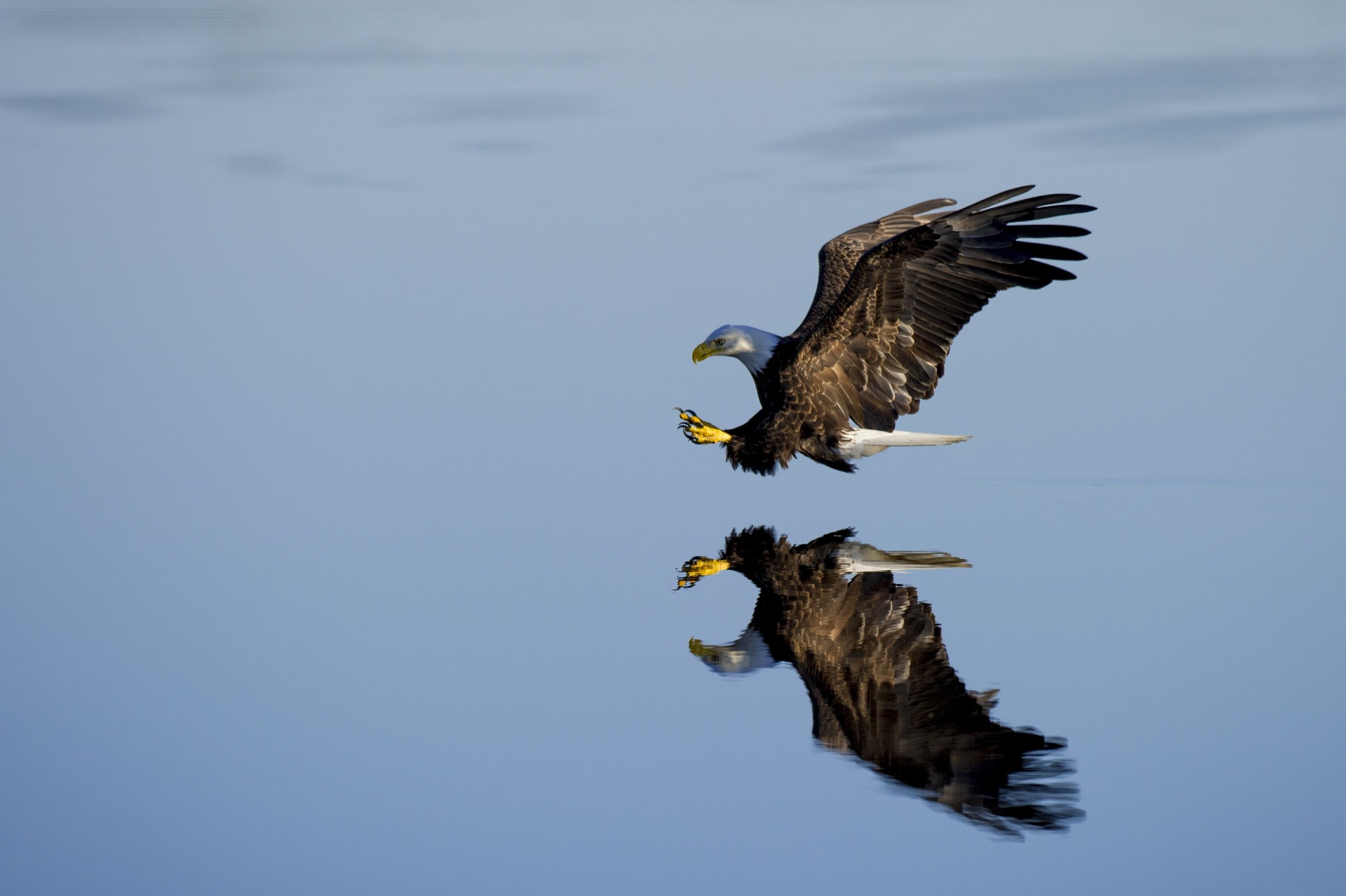
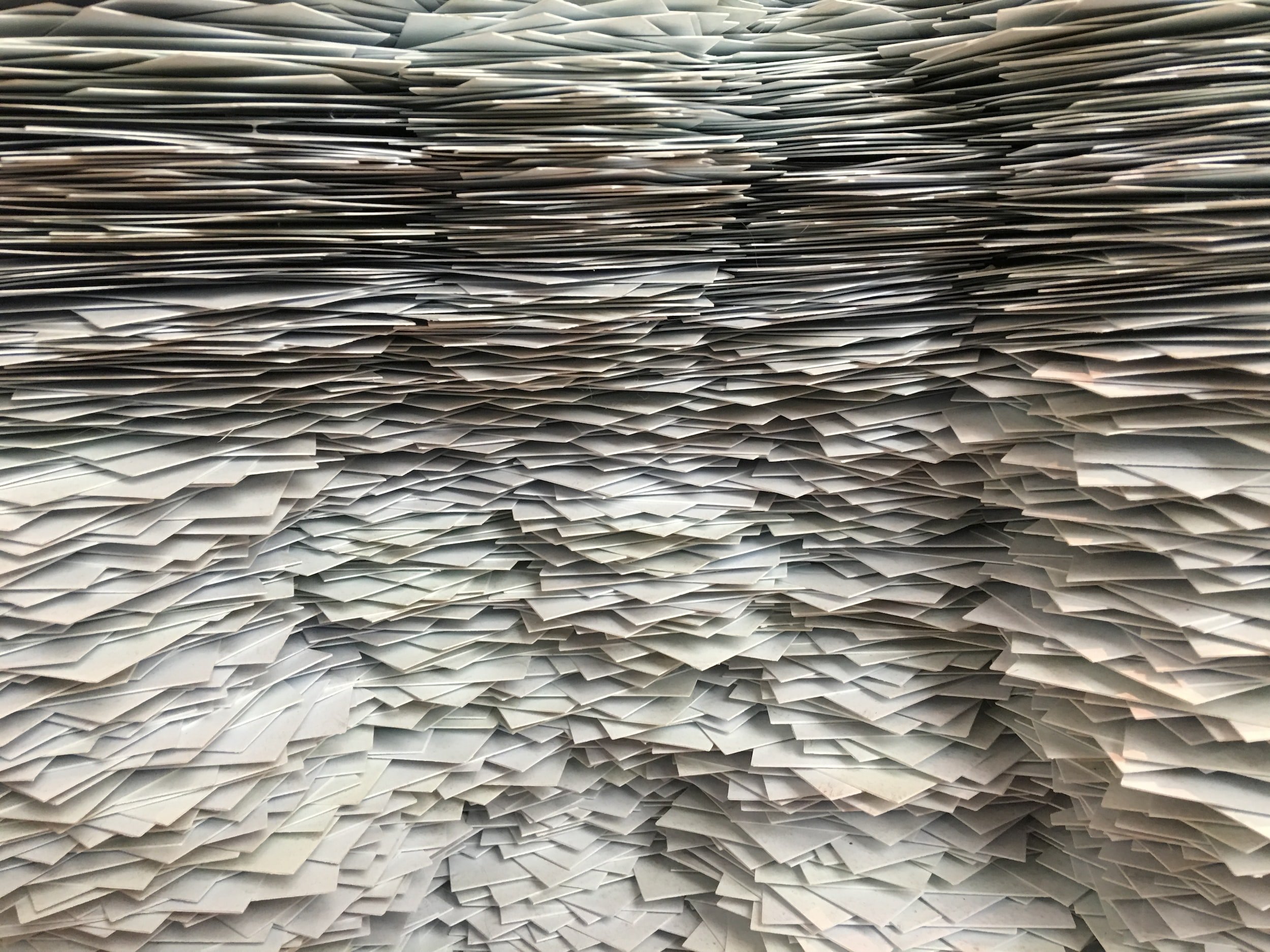

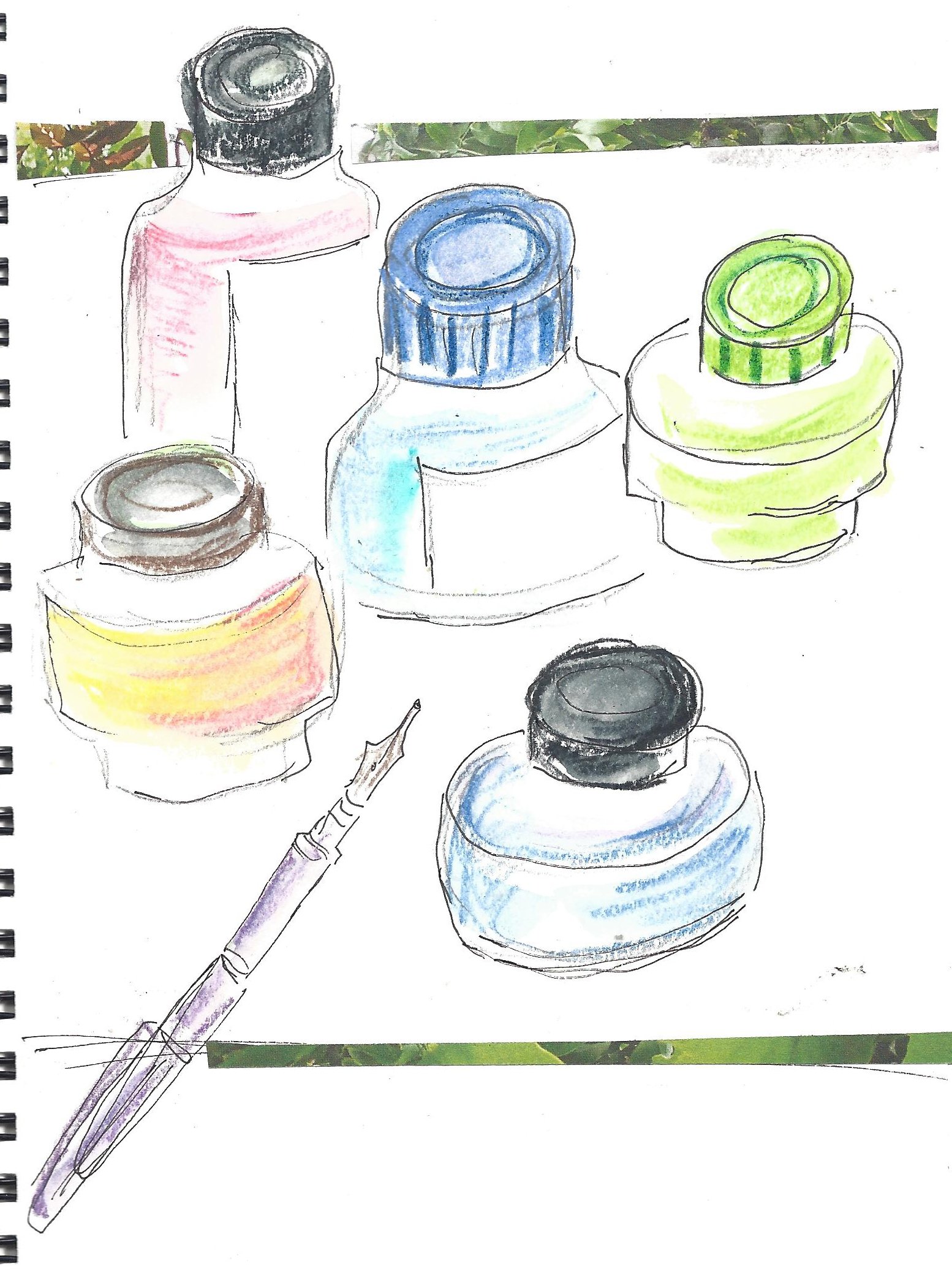




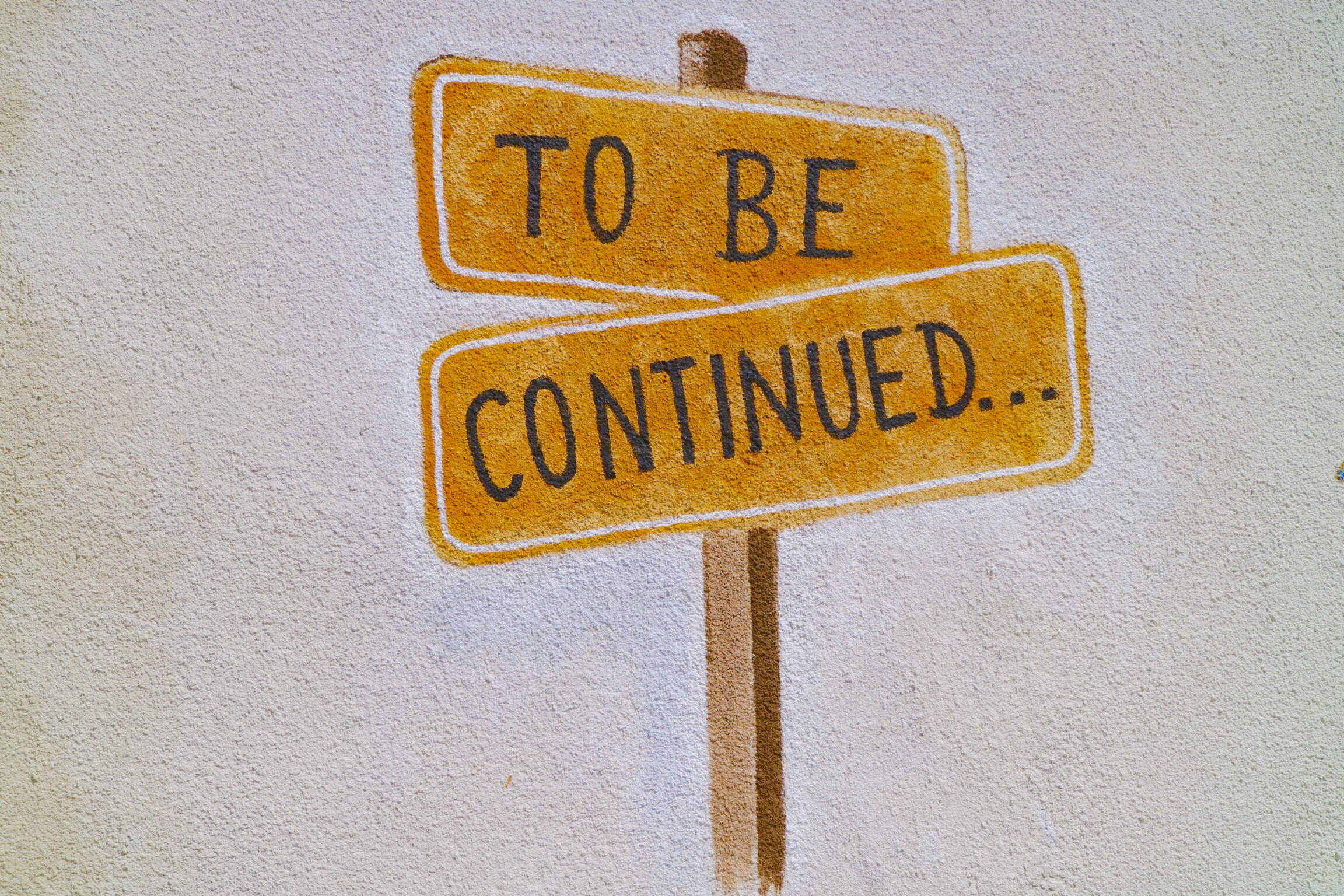

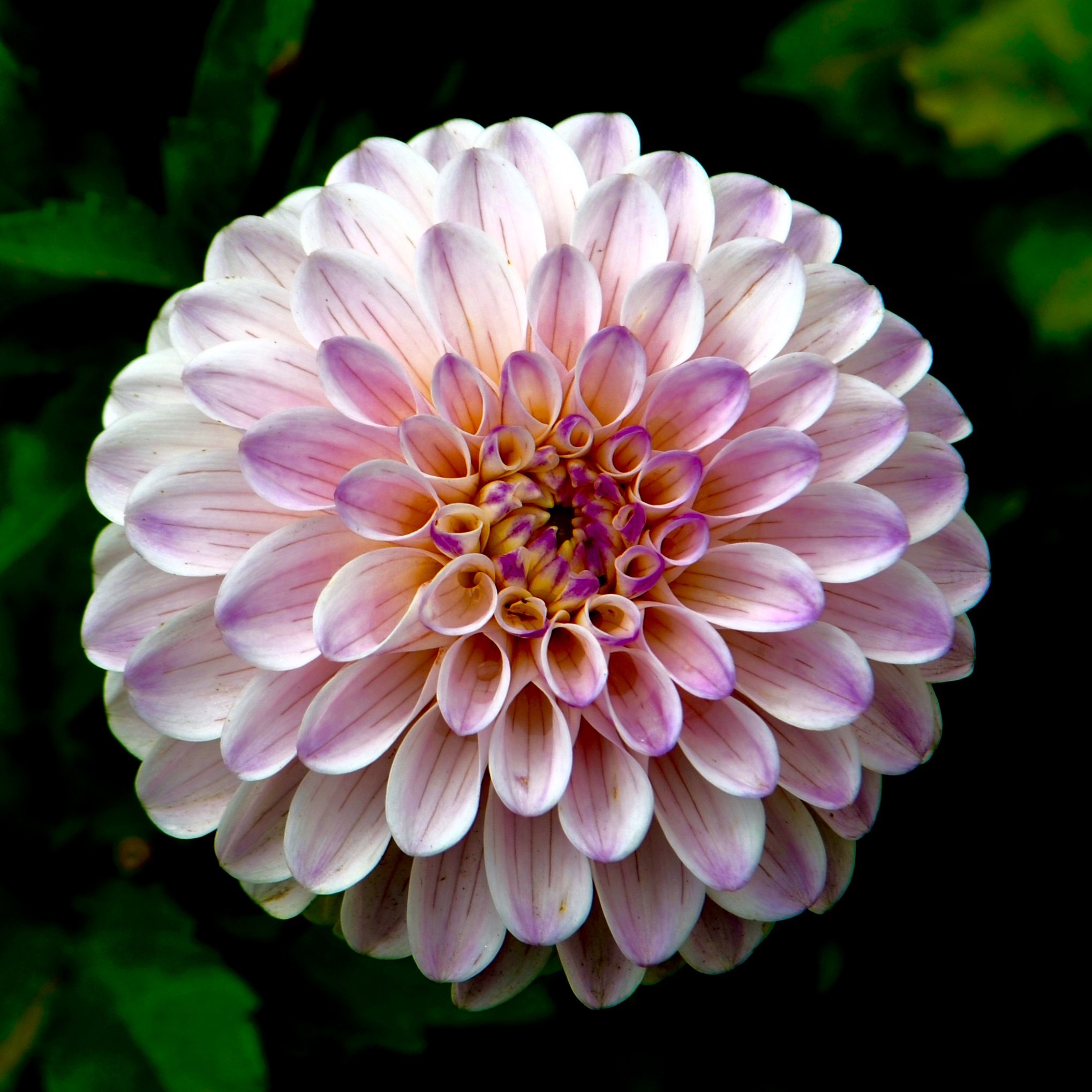






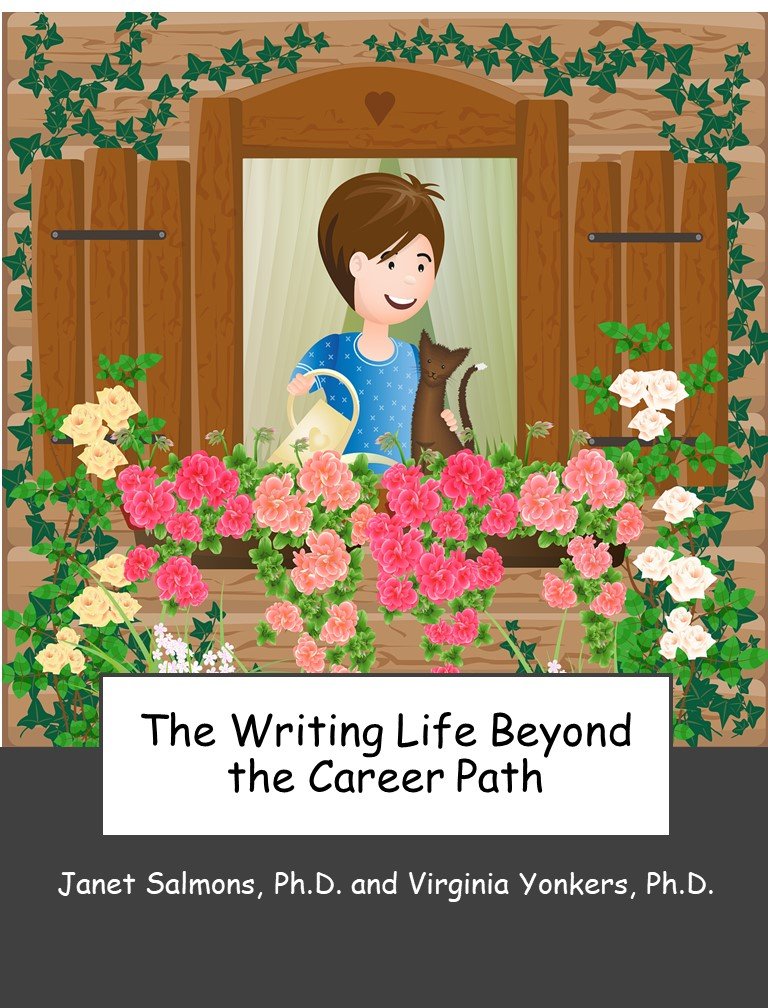


Michelle Boyd answers a question about taking small steps to make progress on a large writing project.